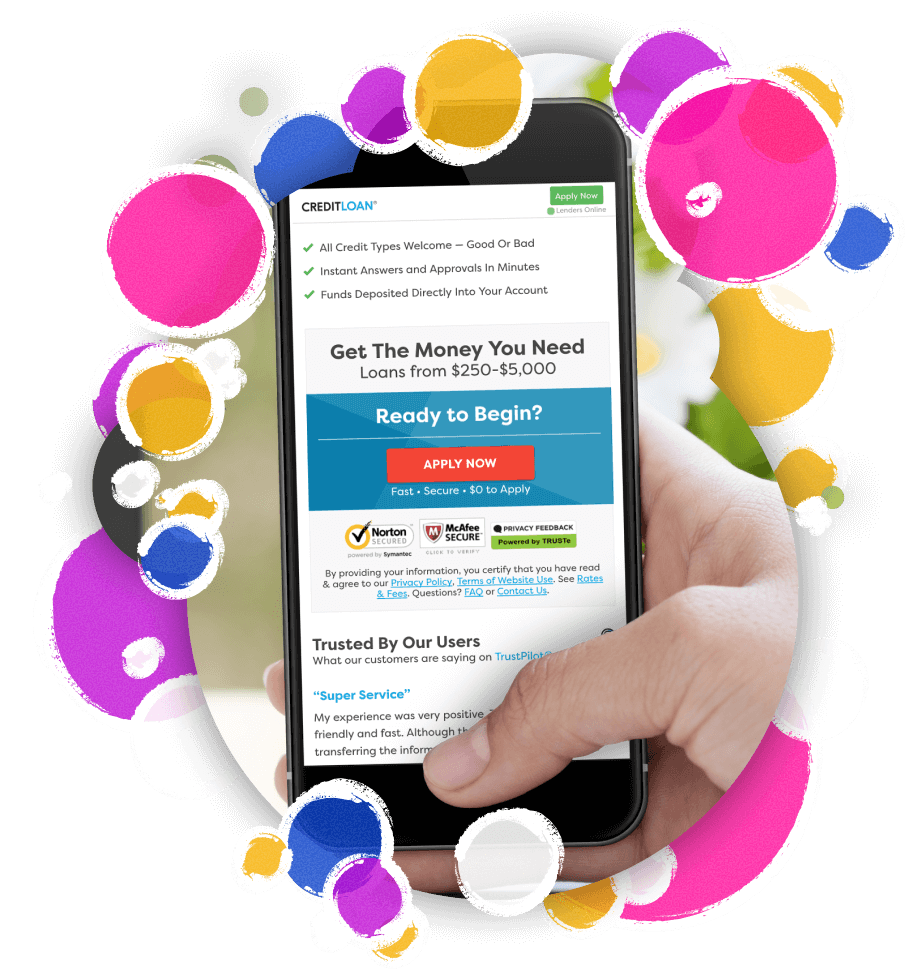From PPC Dependency to Organic Dominance
How I Built a Repeatable UX & Content Framework That Increased Revenue 325% Across Multiple Brands
The Challenge: When Success Becomes Your Biggest Problem
TLDR: Twenty years of growth without a UX strategy created a profitable mess that was bleeding money.
CreditLoan.com had a founder's dream problem - they'd grown from a bedroom startup to a major financial platform without ever stopping to think about user experience. Classic case of "if it ain't completely broken, don't fix it." Except it was broken. Just profitably broken.
Picture this: 80% of their traffic coming from mobile devices, navigating a desktop-first platform built when flip phones were cool. Conversion paths that looked like someone threw spaghetti at a wall. A content "strategy" of 500-word SEO articles that Google stopped caring about in 2010.
The kicker? They were addicted to PPC like it was caffeine. Sure, it brought traffic. But when you're paying for every visitor while your organic presence is severely lacking, you're renting success instead of owning it.
The real problems I had to solve:
- Mobile users (80% of traffic) struggling with clunky interfaces
- Content strategy stuck in 2010s with thin, 500-word "guides"
- Slipping organic visibility forcing expensive PPC dependency shift
- User journeys fragmented across two decades of bolt-on features
- Limited data tracking & visibility to understand what was failing
Industry
My Role
Impact
Team Scale
My Approach: Stop Guessing, Start Knowing
First thing I did? I wanted to fully get to know the user so I brought in heat mapping, session recordings, Google Analytics deep-dives, and even hired dedicated UX and data analysts to help understand it even better.
Data without action is just expensive digital clutter. So we tested. Constantly. Headlines, form fields, CTA placement, trust signals - dozens of A/B tests running simultaneously. Every pixel placement backed by statistical significance, not someone's "gut feeling."
Then came the uncomfortable conversation with leadership: "We need to spend $250k per quarter on content." That was a fun one.
But here's how I sold it: We were already burning tons of cash on PPC for cold traffic. Why not invest that money in assets we'd actually own? Content that would compound. Rankings that would stick. A moat competitors couldn't just outbid. Your marketing channels are Owned (ranked pages, customer lists), Paid (advertising), or Earned (backlinks, social mentions). In a perfect world, Paid traffic is converted to Owned which then helps generate Earned SEO efforts like valuable backlinks or social clout.
I partnered with Neil Patel's team (Forbes Top 10 Digital Marketer who consults for Amazon and Microsoft – an SEO juggernaut) plus Contently's enterprise content operation. Together we built a content machine that transformed those sad 500-word articles into comprehensive 5,000+ word guides that answered the questions keeping people up at night like "can I buy lotto tickets with a credit card?"
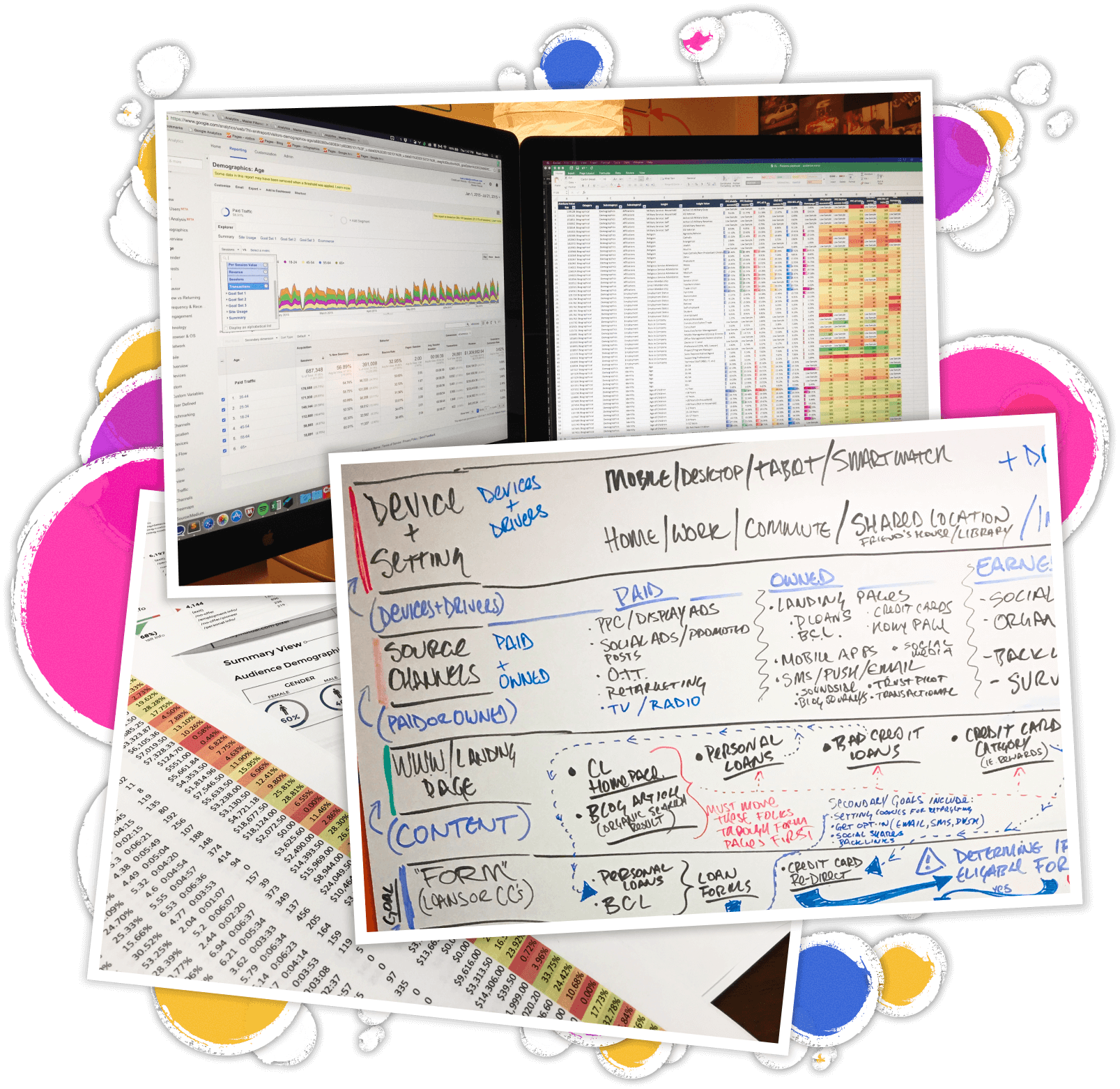
Strategic decisions I personally drove:
- Implemented mobile-first redesign for the 80% of users everyone forgot about
- Built compartmentalized, hyper-optimized forms that we could drop anywhere (even rev-share partners)
- Created comprehensive tracking across heat maps, session recordings, and behavioral analytics
- Developed wide-funnel nurture sequences using every channel available (email, SMS, push, behavioral triggers)
- Hired and led dedicated UX researcher and analyst to transform data into design decisions
- Established user outreach program with polls, interviews, gift card bribes, and moderated testing
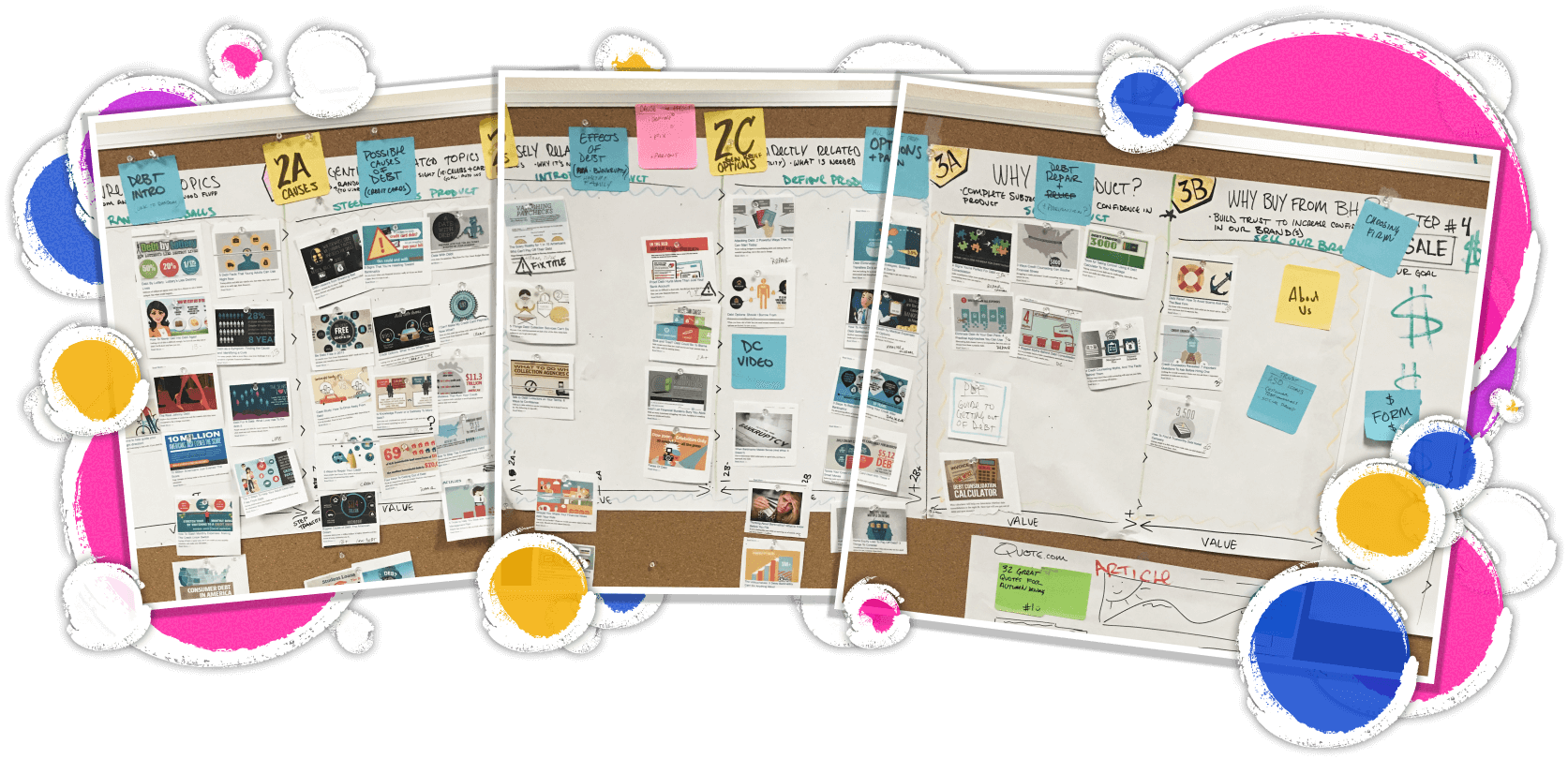
The Secret Sauce: Quality Customers, Not Just More Customers
Here's what most people get wrong about financial services UX: It's not about converting everyone. It's about converting the right ones at the right time.
We had a machine learning-powered lead auction system. Dozens of lenders bidding for our users in real-time. But garbage in, garbage out, right? Low-quality leads meant low bids, poor conversion, and angry partners.
So I changed the approach. Instead of just casting the widest net possible, I built funnels that actually educated and nurtured users:
1. Capture with long-tail content
Thousands of specific searches with clear intent ("personal loans for medical bills with 650 credit score")2. Nurture through the full journey
Not just email blasts - matching user intent with behavioral triggers, SMS sequences, push notifications3. Qualify before conversion
Educate and nurture unqualified users in our funnels to prevent sending junk leads to partners. Quality = $$$4. Route leads intelligently
Targeted campaigns and ML algorithm help in matching the right user to the right lender based on their needsThe keyword explosion still makes me smile. We launched our new content architecture on a Thursday. Friday morning? We'd jumped from 3,000 to 20,000 ranked keywords overnight. Google basically said "Finally, someone who gets it." Within two years, we were ranking for 70,000+ keywords.
Remember that wide net we talked of casting? Well this is how we did it. With a long-tail KW content strategy combined with relentless optimization. While competitors fought over "personal loans" (good luck with that), we owned "personal loans for nurses with 720 credit score" and ten thousand variations like it. Each piece of content A/B tested into perfection - headlines that actually got clicks, funnels that nurtured, CTAs that converted, forms that didn't scare people away.
The result? Higher quality customers. Higher partner bids. Higher revenue per user. The quality of our Owned and Earned channels improved our customers and funnels drastically, opening new doors for more marketing and financial partnerships.

"Roan didn't just redesign our platform - he architected a complete transformation of how we acquire and convert users. When we pivoted to a credit card-focused brand, his framework proved it wasn't luck - the same approach delivered the same exceptional results."
The Results: When UX Meets Business Reality
Six months in, the numbers made all those uncomfortable conversations with stakeholders worth it. Shifting to a "owned" approach with our content and users was paying off.
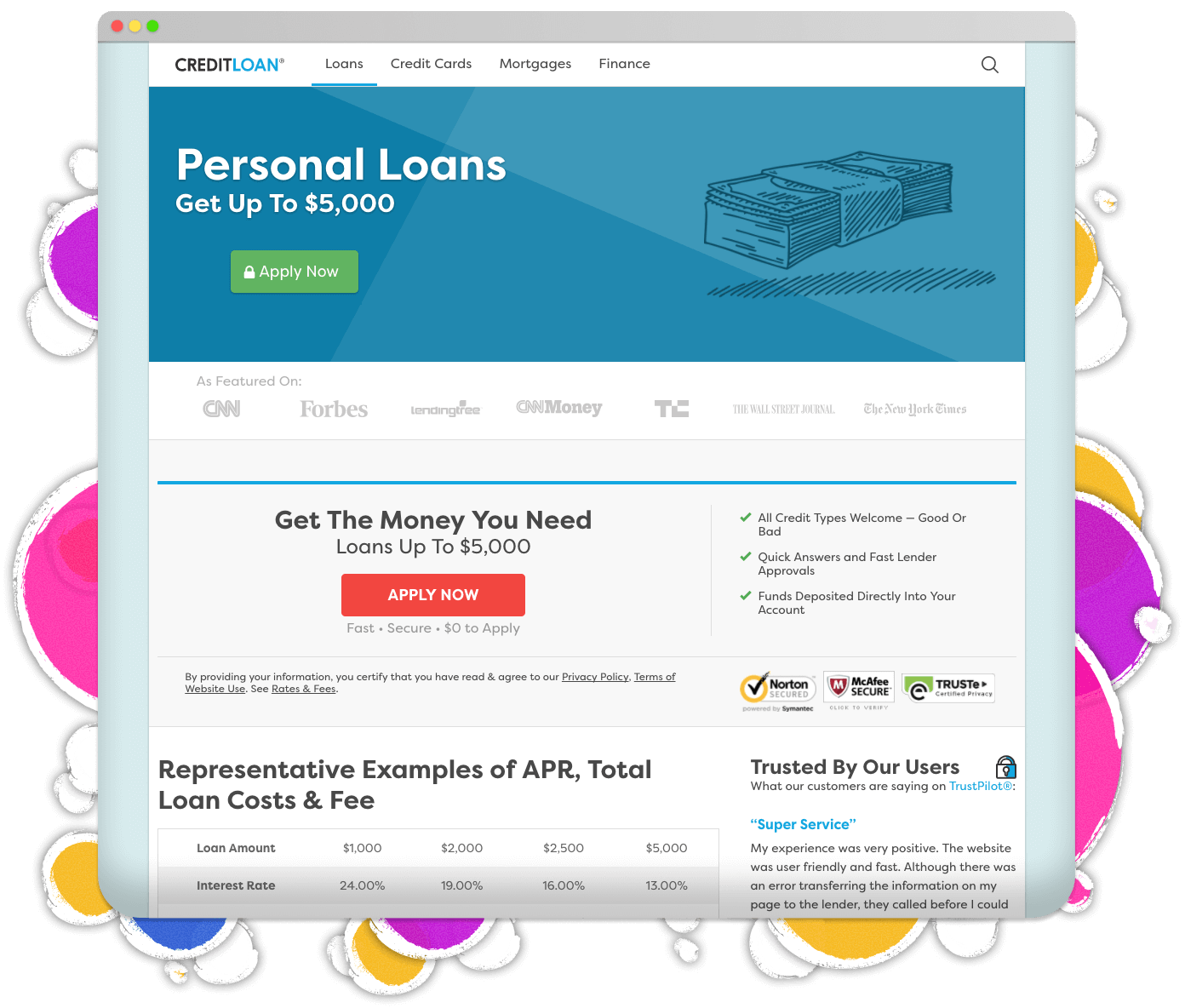
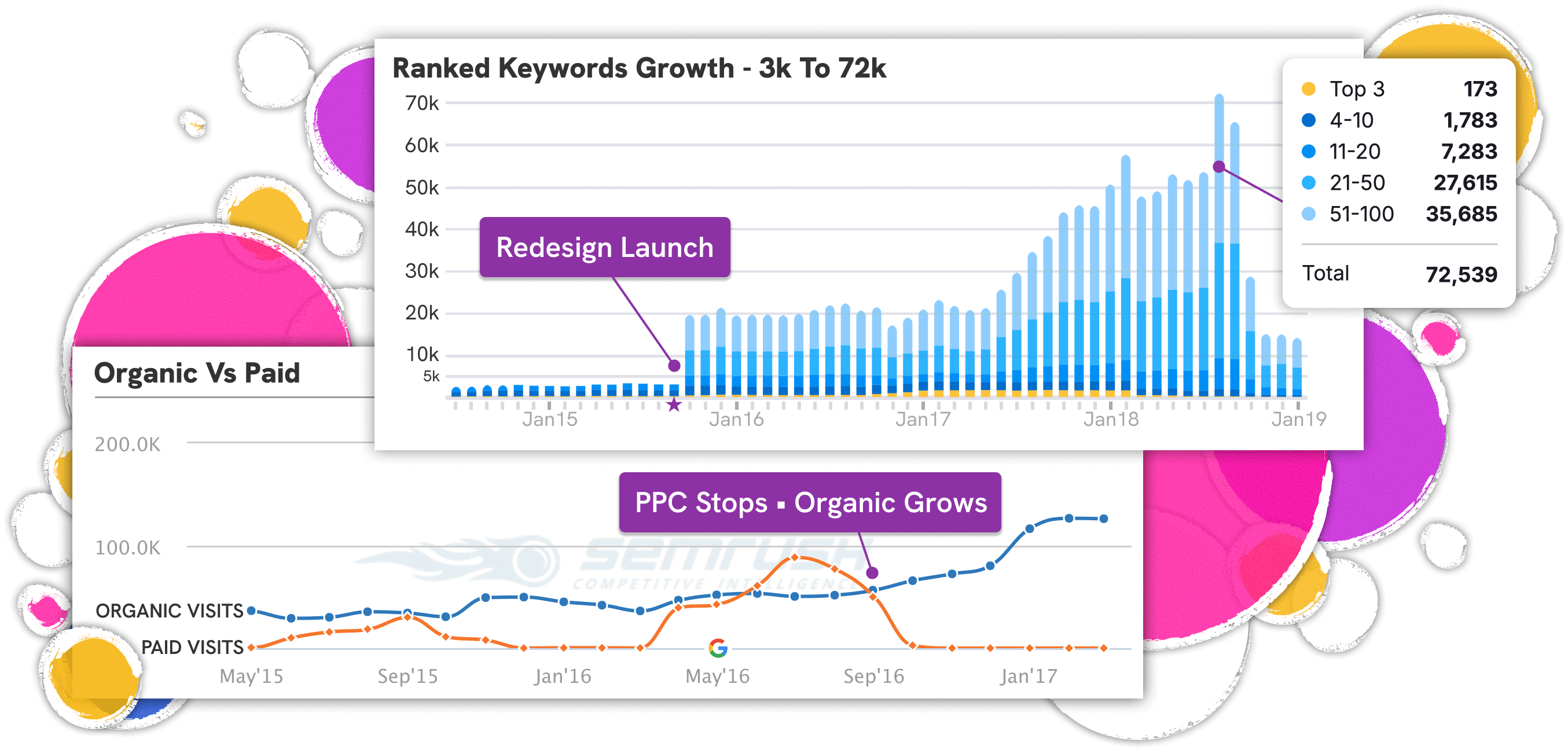
3,000 → 20,000 keywords ranked in 24 hours post-launch. 70,000+ keywords ranked within two years. 500% increase in top-3 positions
Mobile & Engagement Wins:20-50% improvement across all key metrics through continuous A/B testing
Sustainable Growth Engine Built:The content machine we built didn't just reduce PPC dependency - it created a compound growth effect that we successfully replicated across multiple brands
Why It Actually Worked: Three Huge Truths
1. Mobile-First Isn't Optional
2. Shift From Paid to Owned
3. Funnels Are Everything
The Replication Test: Proving the Framework
The best validation? We did it again. Leadership pivoted to launch a dedicated credit card brand. New domain. Zero authority. Same framework.
The content machine shifted verticals seamlessly. The 25+ person team adapted their focus. The testing infrastructure found new winners. Within months, we were on the same growth trajectory - proving this wasn't luck or timing. It was a repeatable system for organic domination.
The Machine I Built
The transformation wasn't just a redesign - it was building a system that could be replicated. Working across design, development, data, and content teams, I created:
- Hyper-tuned modular web components that could be deployed across properties and partners
- Content production pipeline managing 25+ creators across multiple agencies
- Behavioral tracking and optimization framework proven across multiple brands
- User research and optimization program with ongoing testing and feedback loops
- Omni-channel marketing approach with personalized messaging and targeted campaigns
The lesson? Great UX isn't just about pixels and fancy personas. It's about entire ecosystems that turn user understanding into business value. And when you nail that? The numbers speak for themselves. Twice.
Sadly, when new leadership eventually shuttered our Tampa Headquarters a few years later, both brands declined as expected. Sometimes the best proof your system works is watching what happens when they stop using it.
